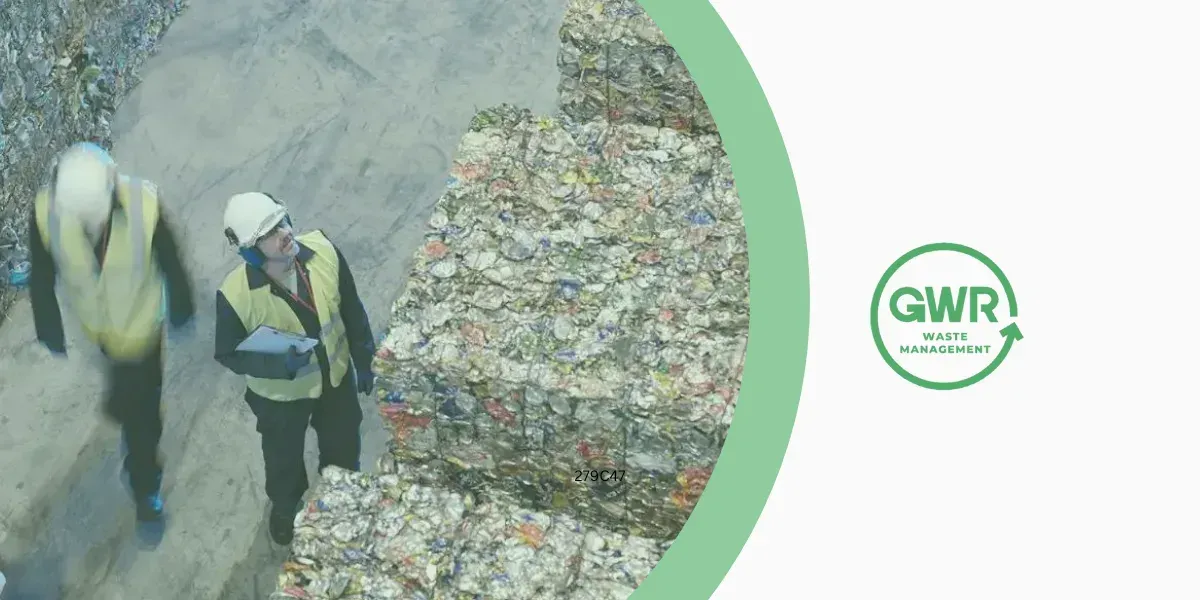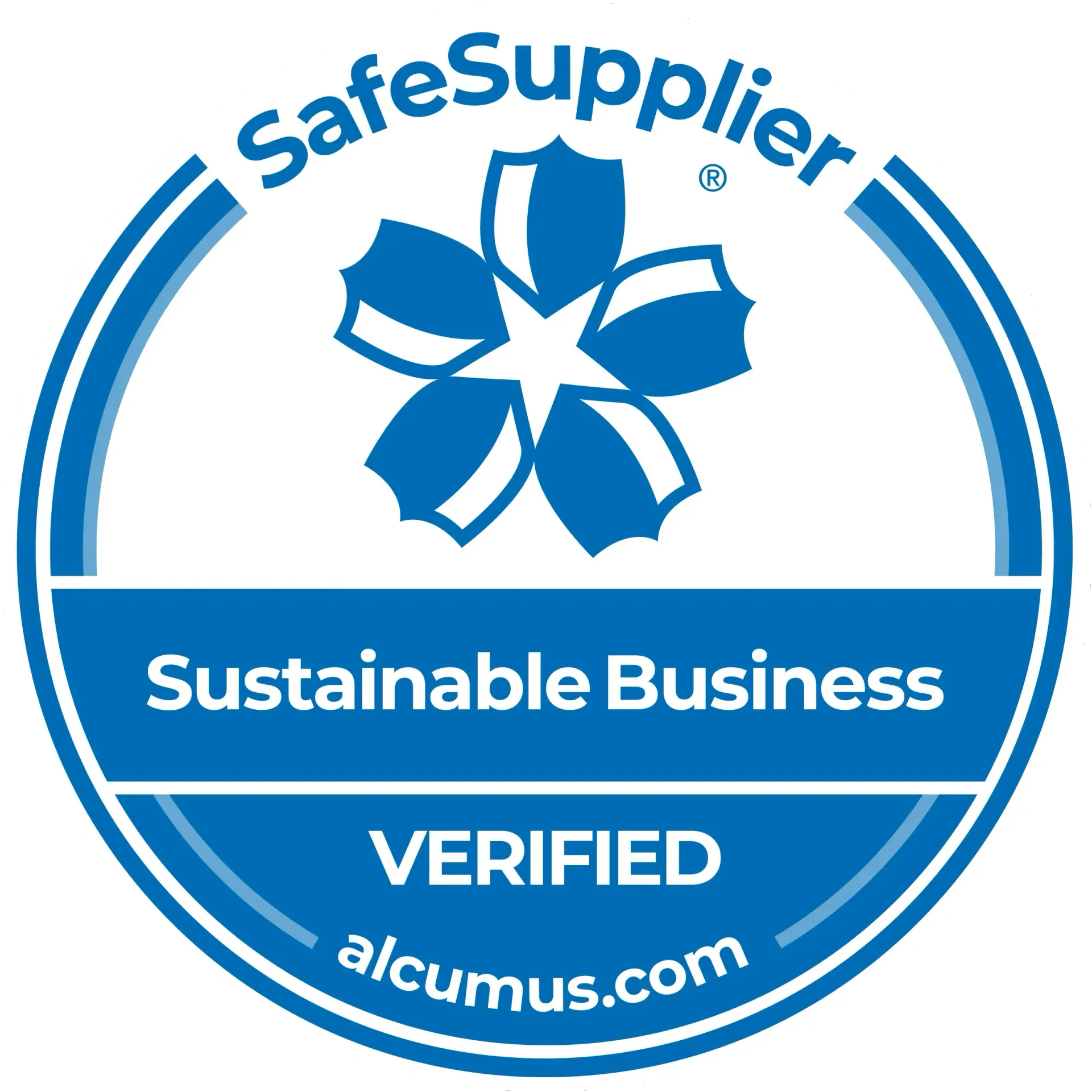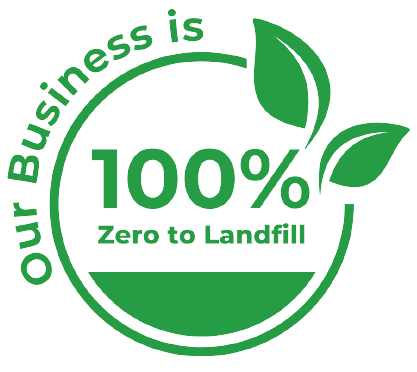The Ultimate Guide to Persistent Organic Pollutants (POPs)
What is a Persistent Organic Pollutant (POPs)?
POPs are chemicals that persist in the environment and pose a risk of causing adverse effects to human health and the environment. They break down slowly and get into food chains as a result. In the past, POPs were used in various products, including pesticides and industrial chemicals, and released during chemical and agricultural processes. The manufacture, sale and use of products containing POPs is now banned, making it even more important to manage your waste effectively.
POPs can be transported by wind and water, most POPs generated in one country can and do affect people and wildlife far from where they are used and released. They persist for long periods of time in the environment and can accumulate and pass from one species to the next through the food chain as previously mentioned.
It is this amount of damage that prompted global leaders to unite, forming a treaty known as the Stockholm Convention. Under this treaty, countries agreed to reduce or eliminate the production, use and release of twelve POPs, also known as the ‘dirty dozen’:
- Aldrin – intentionally produced
- Chlordane – intentionally produced
- Dichlorodiphenyl trichloroethane (DDT) – intentionally produced
- Dieldrin – intentionally produced
- Endrin – intentionally produced
- Heptachlor – intentionally produced
- Hexachlorobenzene – intentionally and unintentionally produced
- Mirex – intentionally produced
- Toxaphene – intentionally produced
- Polychlorinated biphenyls (PCBs) – intentionally and unintentionally produced
- Polychlorinated dibenzo-p-dioxins (dioxins) – unintentionally produced
- Polychlorinated dibenzofurans (furans) – unintentionally produced
Many POPs were widely used during the boom in industrial production after World War II, when thousands of synthetic chemicals were introduced into commercial use. Many of these chemicals proved beneficial in pest and disease control, crop production, and industry. These same chemicals, however, have had unforeseen effects on human health and the environment.
Many people are familiar with some of the most well-known POPs, such as PCBs, DDT, and dioxins. POPs include a range of substances that include:
- Intentionally produced chemicals currently or once used in agriculture, disease control, manufacturing, or industrial processes. Examples include PCBs, which have been useful in a variety of industrial applications (e.g., in electrical transformers and large capacitors, as hydraulic and heat exchange fluids, and as additives to paints and lubricants) and DDT, which is still used to control mosquitoes that carry malaria in some parts of the world.
- Unintentionally produced chemicals, such as dioxins, that result from some industrial processes and from combustion (for example, municipal and medical waste incineration and backyard burning of trash).
What effect do POPs have on people and wildlife?
Studies have linked POPs exposures to declines, diseases, or abnormalities in a number of wildlife species, including certain kinds of fish, birds, and mammals. Wildlife also can act as sentinels for human health: abnormalities or declines detected in wildlife populations can sound an early warning bell for people. Behavioural abnormalities and birth defects in fish, birds, and mammals in and around the Great Lakes, for example, led scientists to investigate POPs exposures in human populations. POPs also affect the food chain by accumulating in the body fat of living organisms and becoming more concentrated as they move from one creature to another. This process is known as “biomagnification.” When contaminants found in small amounts at the bottom of the food chain biomagnify, they can pose a significant hazard to predators that feed at the top of the food chain. This means that even small releases of POPs can have significant impacts.
In people, reproductive, developmental, behavioural, neurologic, endocrine, and immunologic adverse health effects have been linked to POPs. People are mainly exposed to POPs through contaminated foods. Less common exposure routes include drinking contaminated water and direct contact with the chemicals. In people and other mammals alike, POPs can be transferred through the placenta and breast milk to developing offspring. It should be noted, however, that despite this potential exposure, the known benefits of breast-feeding far outweigh the suspected risks. In addition, sensitive populations, such as children, the elderly, and those with suppressed immune systems, are typically more susceptible to many kinds of pollutants, including POPs. Because POPs have been linked to reproductive impairments, men and women of child-bearing age may also be at risk.
How can my business safely handle and sort waste to ensure substances are handled correctly?
- Send your waste to a suitably authorised treatment plant that can separate the items, components or materials containing POPs from the other waste or materials.
- The separated items, components or materials containing the POPs must then be destroyed.
- It is imperative not to mix the POPs with other waste before or during separation.
Zero Waste to Landfill Management with GWR Waste Management
Here at GWR Waste Management we are fully qualified to handle hazardous waste of every kind, so you can have peace of mind that they can dispose of POPs safely. We can provide a one-off collection or make regular visits to your business premises ensuring you adhere to the law regarding POPs. We can then completely destroy the POPs or irreversibly transform them in accordance with the restrictions on POPs. These are based on the European regulation on persistent organic pollutants, which is implemented in the UK by the Persistent Organic Pollutants Regulations 2007.
Get in touch with our waste experts today to ensure your business isn’t responsible for the damage that comes with careless handling of Persistent Organic Pollutants and avoid accidentally breaking the law by speaking to a professional who can help.















